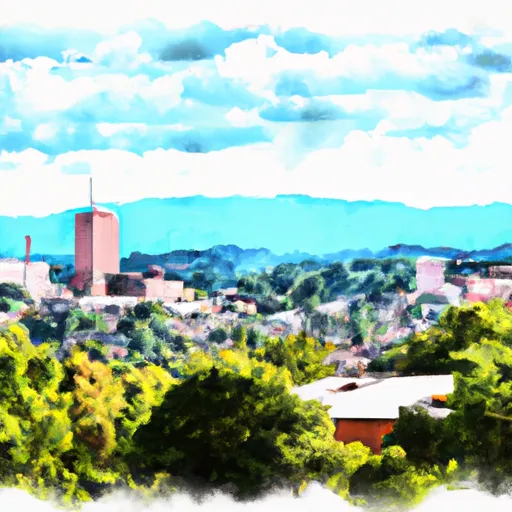°F
°F
mph
Windspeed
%
Humidity











Ramer, Tennessee is a small rural town located in the southeastern part of the state. The climate in Ramer is generally mild, with hot summers and cool winters. Average temperatures range from the low 30s in winter to the high 80s in summer. The area experiences moderate rainfall throughout the year, with the wettest months being March through May.
Hydrology is an important aspect of Ramer, as it is nestled near the banks of the Tennessee River. The town benefits from the river's resources, offering opportunities for fishing, boating, and other water-based activities. The river is known for its diverse aquatic life, with popular catches including bass, catfish, and crappie.
In addition to the Tennessee River, Ramer is surrounded by picturesque landscapes, making it a haven for outdoor enthusiasts. The town is situated near the Tennessee-Tombigbee Waterway, providing access to recreational boating and water-skiing. Outdoor recreation opportunities also extend to nearby state parks and natural areas, offering hiking, camping, and wildlife observation.
Overall, Ramer offers a pleasant climate, abundant hydrology constituents, and a variety of outdoor recreation opportunities for nature enthusiasts to enjoy.
Weather Forecast
Ramer receives approximately 1441mm of rain per year, with humidity levels near 89% and air temperatures averaging around 16°C. Ramer has a plant hardyness factor of 7, meaning plants and agriculture in this region tend to thrive during the non-winter months.
Regional Streamflow Levels
3
Cubic Feet Per Second
231
Cubic Feet Per Second
19
Cubic Feet Per Second
13
Cubic Feet Per Second
Nearby Camping
| Camping Area | Reservations | Toilets | Showers |
|---|---|---|---|
| Shepard State Park | |||
| Archusa Creek Waterpark | |||
| Twiltley Branch - Okatibbee Lake | |||
| Clarkco State Park | |||
| Dunns Falls Water Park | |||
| Turkey Fork Rec. Area |



